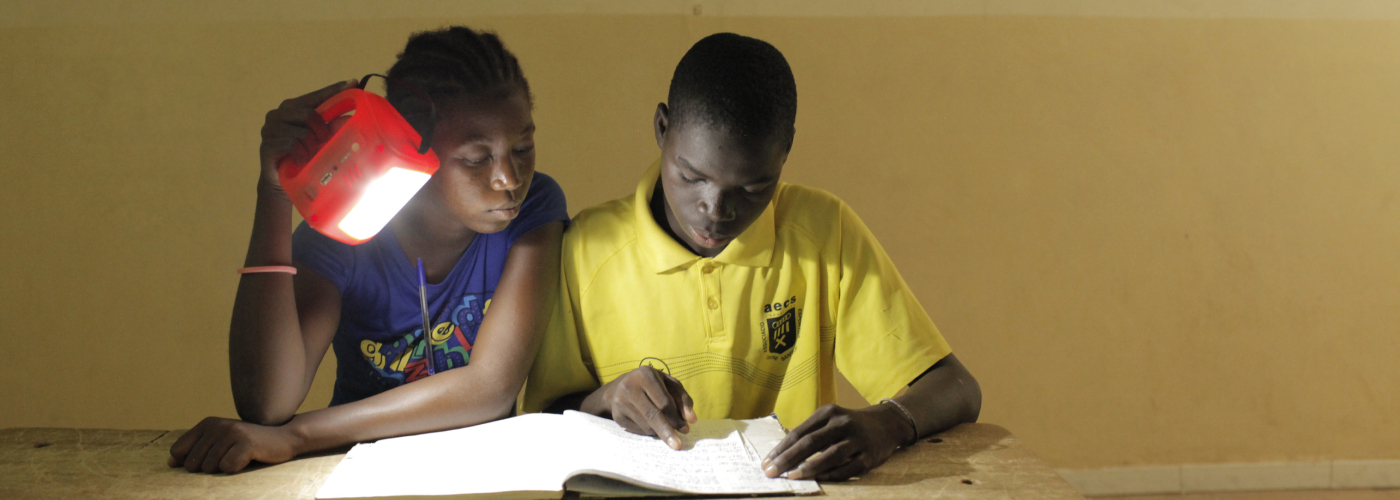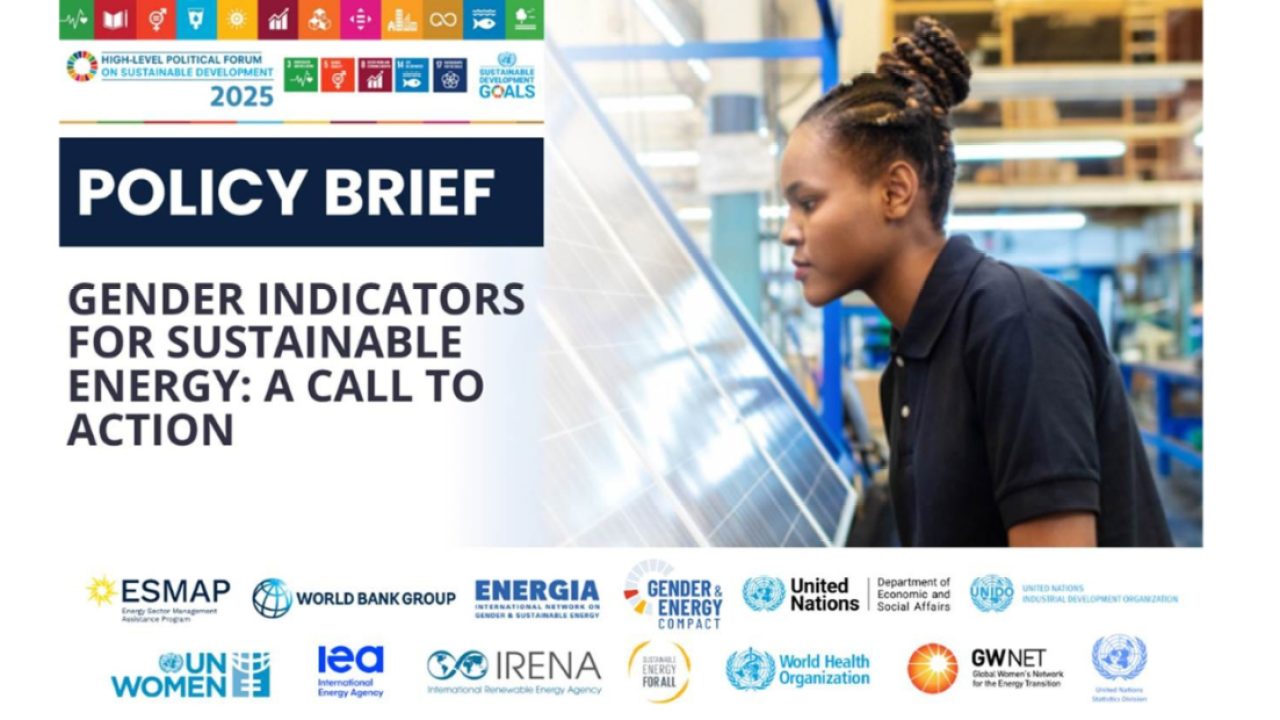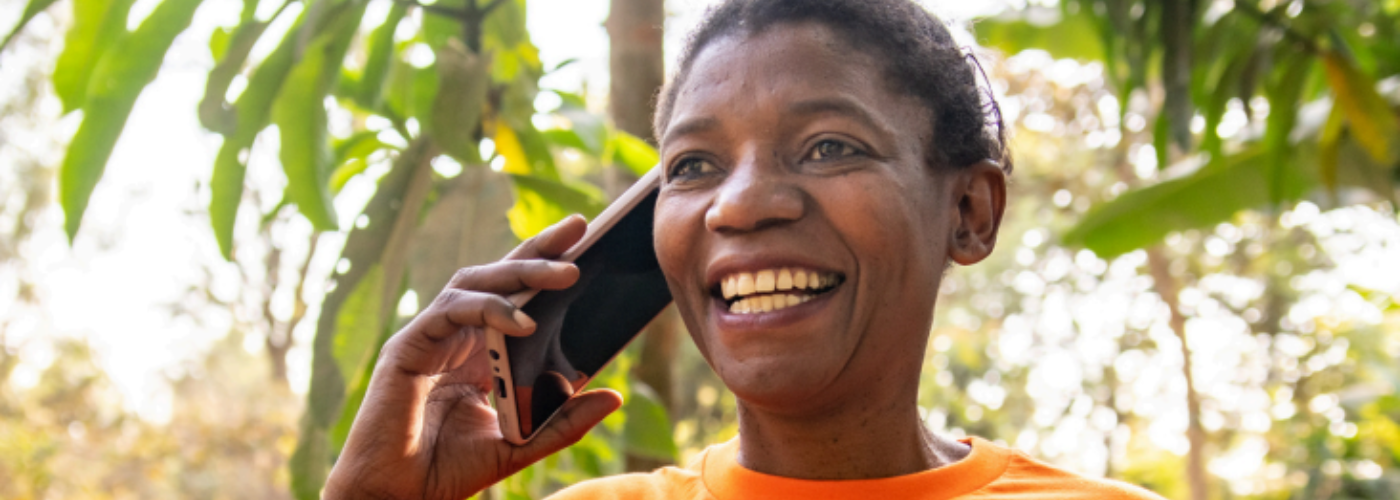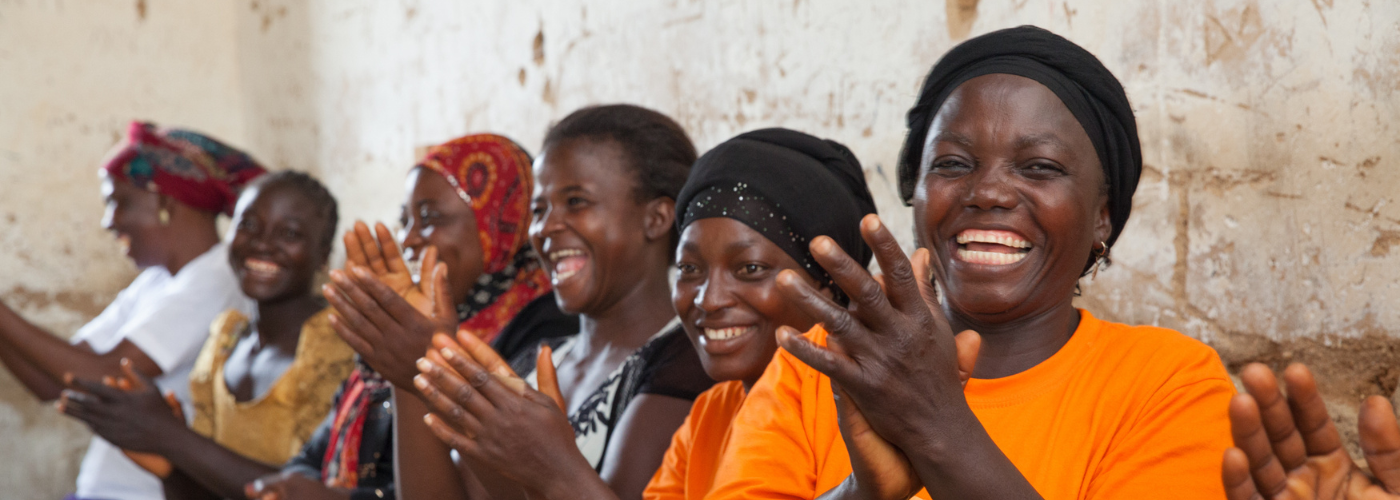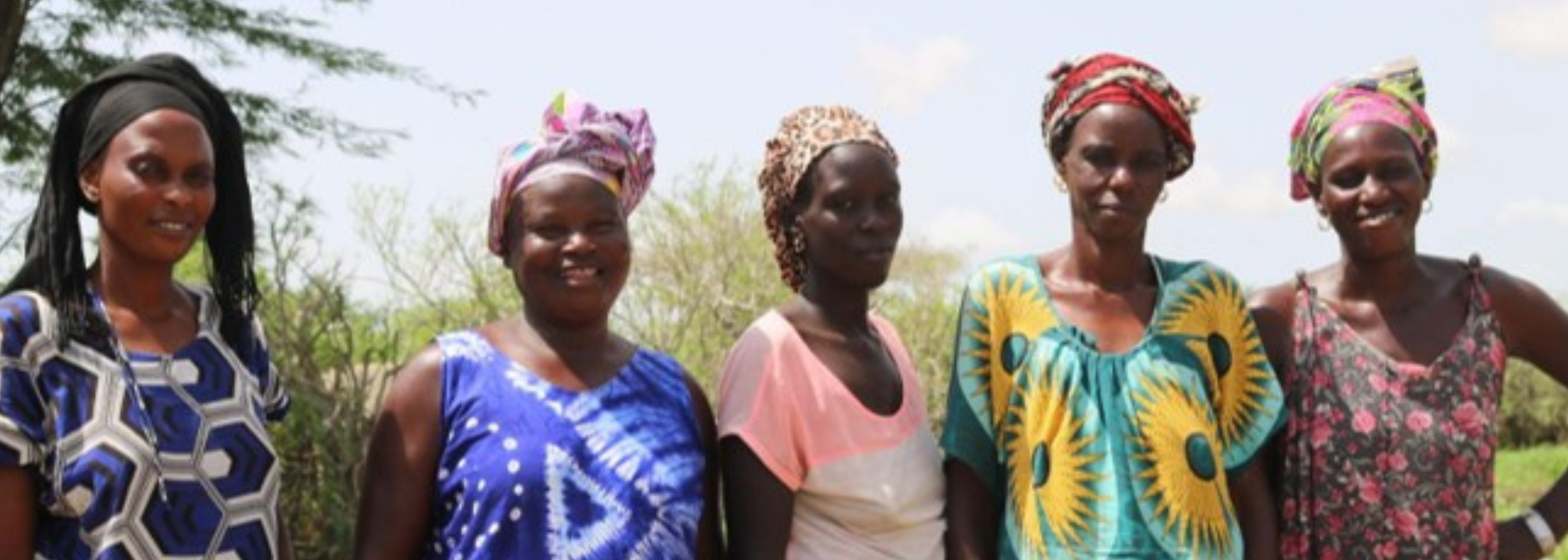The paper includes three sections. The first section provides information on the context of high and volatile fuel prices and some economic impacts with the objective of establishing a common understanding and relevance of this context. It also reviews some of the government policy responses. The second section provides information on the poverty impact of high fuel prices, including the disparities between rural and urban areas, and options taken by the poor to respond to high and volatile fuel prices. It identifies women and children as the groups most at risk. The third section looks at sustainable options to meet livelihood needs through the lens of gender equality, from the perspective of three main groups of stakeholders: poor household stakeholders, utilities, and policy makers. While for households the options are more in terms of energy use diversification and consumption and income options derived from energy, for utilities options are more in terms of diversification
of services and means of payment; finally, for policy makers, options are more in terms of policy and investment priorities, targeting, and choice of instruments.
